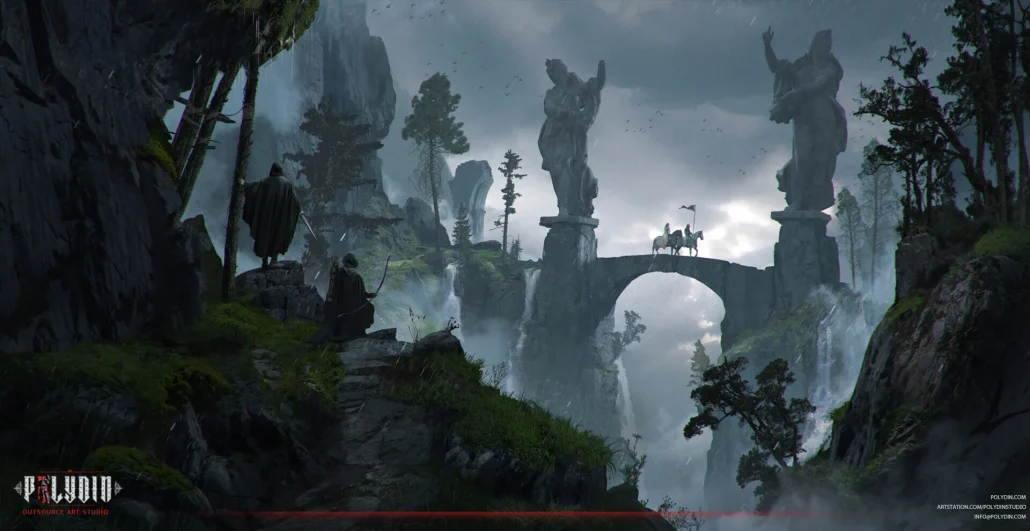In the world of game development, the combination of 2D sprites and 3D environments has paved the way for visually captivating experiences. This unique blend brings depth and richness to games, creating a mesmerizing visual style that captivates players. In this article, we will delve into the realm of 3D games with 2D sprites, exploring the reasons behind their usage, the benefits they offer, the tools and techniques involved, as well as the challenges and best practices for incorporating 2D sprites into a 3D game. We will also examine notable examples of successful games that have embraced this artistic approach. So, let’s dive into the captivating world where pixels meet polygons and discover the wonders of 3D games with 2D sprites.
What are 2D Sprites?
2D sprites refer to the graphical elements used in 2D game development. They are essentially 2D images or animations representing characters, objects, backgrounds, or visual effects within a game. Sprites are typically created using graphic software and are composed of pixel art games or hand-drawn artwork. Each sprite is a standalone image that can be moved, rotated, scaled, and animated to bring life and movement to the game.
Sprites are designed with transparency, allowing them to blend into the game environment seamlessly. They often have multiple frames or poses to depict various actions or animations. These frames can be displayed sequentially to create the illusion of motion, giving characters and objects in the game a dynamic and interactive feel.
2D sprites have a rich history in gaming and are widely recognized for their nostalgic charm. They have been used in classic arcade games, platformers, role-playing games (RPGs), and many other genres. Despite the advancements in technology and the rise of 3D graphics, 2D sprites continue to be embraced by game developers for their unique visual style and versatility in creating immersive gaming experiences.
Why use 2D Sprites in 3D Games?
While 3D games typically rely on three-dimensional models and environments to create immersive experiences, incorporating 3D games with 2D sprites can offer several advantages and enhance the overall gameplay. Here are some reasons why game developers choose to use 2D sprites in 3D games:
- Artistic Style and Aesthetic: 2D sprites allow game developers to achieve a specific artistic style or visual aesthetic that complements the game’s theme or narrative. They can evoke a sense of nostalgia, capture the essence of retro gaming, or deliver a unique and stylized look that sets the game apart.
- Performance Optimization: Compared to complex 3D models, 2D sprites are generally less demanding in terms of system resources, including processing power and memory. By incorporating 2D sprites selectively in certain aspects of the game, developers can optimize performance and ensure smoother gameplay, particularly on lower-end devices or platforms.
- Animation Flexibility: 2D sprites offer greater flexibility in terms of animation. Developers can create intricate and detailed animations frame by frame, allowing for precise control over character movements, actions, and expressions. This level of control can result in more expressive and dynamic animations that enhance the overall player experience.
- Seamless Integration: Integrating 2D sprites into a 3D game environment can be relatively seamless. They can be placed on top of 3D backgrounds, objects, or characters, providing a layer of visual detail and interactivity. This integration allows developers to combine the benefits of both 2D and 3D elements, resulting in visually appealing and engaging gameplay.
- Resource Efficiency: As 2D sprites are generally smaller in file size compared to complex 3D models, they require less storage space, bandwidth, and loading time. This aspect is particularly advantageous for mobile games or online games where fast loading and smooth performance are crucial.
By leveraging the unique qualities of 3D games with 2D sprites, developers can create visually captivating experiences, optimize performance, and achieve their desired artistic vision. It’s a creative approach that adds depth and variety to the visual design while maintaining the core gameplay mechanics of a 3D game.
Benefits of Using 2D Sprites in 3D Games
Incorporating 2D sprites into 3D games has several benefits that can enhance the gaming experience. Here are some key advantages of using 2D sprites in 3D games:
- Artistic Flexibility: 2D sprites offer a wide range of artistic possibilities. Game developers can create unique and stylized characters, objects, and environments with intricate details and vibrant colors. This artistic flexibility allows for creative expression and helps to establish a distinct visual style for the game.
- Performance Optimization: 2D sprites are generally more lightweight compared to complex 3D models. By using 2D sprites selectively, developers can optimize the game’s performance, especially on devices with limited resources. This optimization ensures smoother gameplay, faster loading times, and better overall performance, even on lower-end devices.
- Animation Control: 2D sprites provide precise control over animations. Game developers can create frame-by-frame animations, controlling each movement and expression of the sprites. This level of control allows for more expressive and fluid animations that can enhance character interactions, actions, and emotions, resulting in a more engaging gameplay experience.
- Nostalgic Appeal: Incorporating 2D sprites in a 3D game can evoke a sense of nostalgia in players. Many gamers grew up playing classic 2D games, and seeing familiar sprite-based visuals can create a nostalgic connection. This nostalgic appeal can attract players and evoke a sense of familiarity and fondness, making the game more appealing and relatable.
- Visual Variety and Contrast: Mixing 2D sprites with 3D environments and models can create visual contrast and variety. Combining different visual styles adds depth to the game’s aesthetics, making certain elements stand out or pop against the 3D background. This contrast can help draw players’ attention to important objects, characters, or interactive elements within the game.
- Lower Development Costs: Compared to creating complex 3D models, designing and animating 2D sprites can be more cost-effective. The process of creating 2D sprites is generally less time-consuming and requires fewer resources, making it a viable option for indie developers or smaller development teams with limited budgets.
By leveraging the benefits of 3D games with 2D sprites, developers can achieve a unique visual style, optimize performance, enhance animations, evoke nostalgia, create visual contrast, and effectively manage development costs. These advantages contribute to a more immersive and visually appealing gaming experience for players.
Tools and Techniques for Working with 2D Sprites in 3D Games
When working with 2D sprites in 3D games, game developers can access various tools and techniques that facilitate the integration and manipulation of sprites within the 3D environment. Here are some commonly used tools and techniques:
Sprite Creation Software
Game developers utilize software applications specifically designed for creating 2D sprites. These tools offer a range of features, including drawing and painting tools, animation editors, and sprite sheet generation. Popular sprite creation software includes Aseprite, Photoshop, GIMP, and Pyxel Edit.
Sprite Sheet Generators
Sprite sheets are a common method for organizing and managing multiple sprites. Sprite sheet generators automatically arrange individual sprite frames into a single image file, optimizing the rendering process. They help streamline the workflow and improve performance by reducing the number of texture swaps. TexturePacker and Shoebox are examples of sprite sheet generation tools.
Texture Mapping
In 3D games with 2D sprites, 2D sprites are typically applied as textures onto 3D objects or planes. Texture mapping is the process of mapping a 2D sprite onto the surface of a 3D model. Game developers use software like Unity or Unreal Engine to apply the sprite textures and define how they interact with lighting, shadows, and other visual effects.
Shader Effects
Shaders are crucial in creating visually appealing 2D sprites within a 3D environment. Developers can implement shader effects to enhance the appearance of sprites, such as adding outlines, shadows, glows, or particle effects. Shader languages like HLSL or GLSL are used to write custom shaders that manipulate the appearance of sprites.
Sprite Sorting and Layering
Proper sorting and layering of sprites are essential for achieving the desired visual depth and perspective in 3D games. Best Game engines provide tools to control the order in which sprites are rendered, ensuring that sprites closer to the camera are displayed in front of those farther away. This technique helps maintain the illusion of depth and prevents visual artifacts.
Physics Integration
To create interactive and dynamic gameplay experiences, developers often integrate physics simulation with 2D sprites in 3D games. Physics engines like Box2D or Unity’s built-in physics system allow developers to apply realistic physics properties to sprites, enabling them to interact with the environment, collide with objects, and respond to forces or gravity.
Game developers can effectively work with 2D sprites in a 3D game environment by utilizing these tools and techniques. These resources enable them to create, organize, manipulate, and integrate sprites seamlessly, resulting in visually captivating and interactive gaming experiences.
Challenges of Using 2D Sprites in 3D Games
While using 2D sprites in 3D games offers various benefits, there are also some challenges that game developers may encounter. These challenges include:
- Perspective and Depth: One of the main challenges is achieving a consistent sense of perspective and depth when combining 2D sprites with a 3D environment. Ensuring that the sprites align properly with the 3D objects and maintaining a visually coherent scene can be demanding, especially when dealing with complex camera movements and varying viewing angles.
- Integration with Lighting and Shadows: Integrating 2D sprites with dynamic lighting and shadows in 3D can be challenging. Developers must carefully consider how the lighting and shadows interact with the sprites to create a cohesive and realistic visual effect. Properly incorporating lighting and shadows on the 2D sprites requires advanced techniques such as pre-baking shadows or using shader effects.
- Animation and Movement: Animating 2D sprites within a 3D game environment can be more complex than traditional 2D games. Developers need to ensure that the sprite animations align correctly with the movements of 3D objects and characters. Syncing the sprites’ timing, positioning, and orientation with the 3D environment requires meticulous attention to detail and precise animation techniques.
- Performance Optimization: As 2D sprites are typically rendered as textures on 3D objects, optimizing performance becomes crucial. Handling many sprites, especially in scenes with heavy visual effects, can impact the game’s performance. Developers must implement efficient rendering techniques, manage texture memory, and optimize sprite batch rendering to maintain smooth gameplay and prevent performance issues.
- Artistic Consistency: Maintaining artistic consistency between the 2D sprites and the 3D environment is essential for a visually cohesive game. Ensuring that the style, color palette, and overall aesthetic of the 2D sprites align with the 3D assets and the game’s art direction can be challenging. It requires close collaboration between 2D artists and 3D modelers to integrate both elements seamlessly.
- Asset Creation and Management: Managing the workflow and asset pipeline for 2D sprites in a 3D game can be complex. Developers must create, organize, and manage sprite sheets, animation files, and associated metadata efficiently. This includes coordinating sprite creation and animation sequences and ensuring that the sprite assets are properly imported, integrated, and updated within the game engine.
By being aware of these challenges, game developers can proactively address them during development, implementing strategies and techniques to overcome them and create a visually appealing and cohesive experience for players.
Best Practices for 3D Games with 2D Sprites
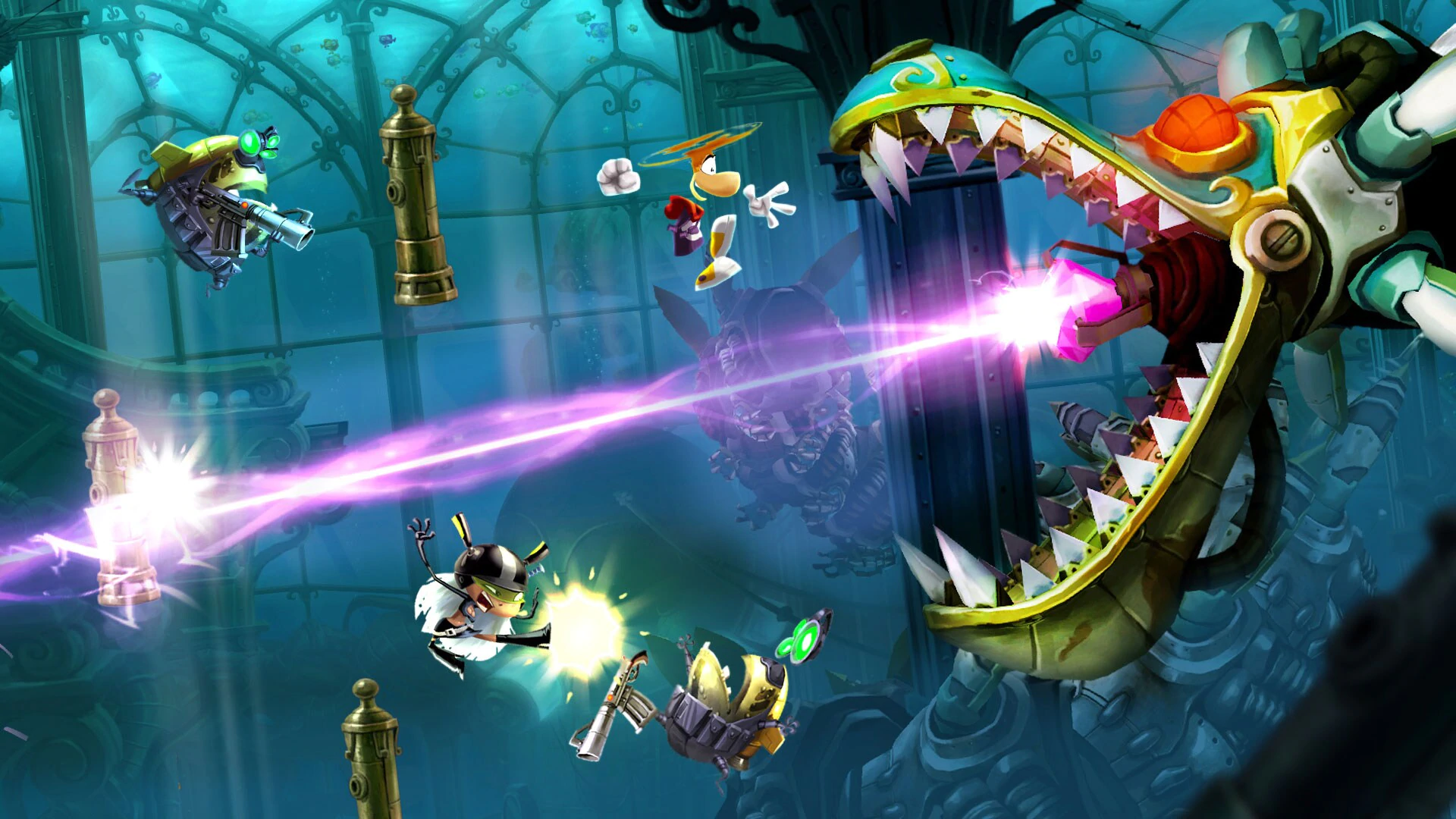

When working with 3D games with 2D sprites, following best practices can help ensure a smooth and visually appealing experience. Here are some recommended practices:
- Consistent Art Style: Maintain a consistent art style between the 2D sprites and the 3D environment. Ensure that the color palette, textures, and overall visual elements align harmoniously, creating a cohesive and immersive game world.
- Proper Scaling and Perspective: Pay attention to the scaling and perspective of the 2D sprites in relation to the 3D objects. Ensure that the sizes and proportions of the sprites accurately represent their intended visual impact within the 3D environment. Consider the distance, camera angles, and viewing perspectives to maintain a realistic and visually pleasing result.
- Seamless Integration with Lighting and Shadows: Ensure that the lighting and shadow effects in the 3D environment interact seamlessly with the 2D sprites. This involves properly aligning the shadow cast by the sprites with the scene’s lighting conditions. Utilize techniques such as shadow mapping or light probes to achieve convincing lighting integration.
- Attention to Animation and Movement: When animating 2D sprites in a 3D environment, ensure that their movements and actions align seamlessly with the movements of the 3D objects and characters. Pay attention to timing, positioning, and orientation to maintain a natural and coherent animation flow.
- Efficient Texture Usage: Optimize the use of textures for 2D sprites to improve performance. Consider creating sprite sheets or using texture atlases to reduce the number of draw calls and optimize memory usage. Additionally, implement techniques such as texture compression and mipmapping to enhance performance further.
- Streamlined Asset Management: Establish a well-organized asset management system for 2D sprites in your game. Keep track of sprite sheets, animation files, and associated metadata to ensure easy access, version control, and efficient integration into the game engine. Proper asset naming conventions and file structure can help streamline the development process.
- Iterative Testing and Feedback: Regularly test and gather feedback on the visual integration of 2D sprites within the 3D environment. Conduct playtesting sessions to evaluate the overall visual coherence and gameplay experience and identify areas requiring adjustments or improvements.
By following these best practices, game developers can maximize the potential of using 2D sprites in a 3D game, creating a visually captivating and immersive experience for players while maintaining optimal performance and workflow efficiency.
Examples of Successful 3D Games with 2D Sprites
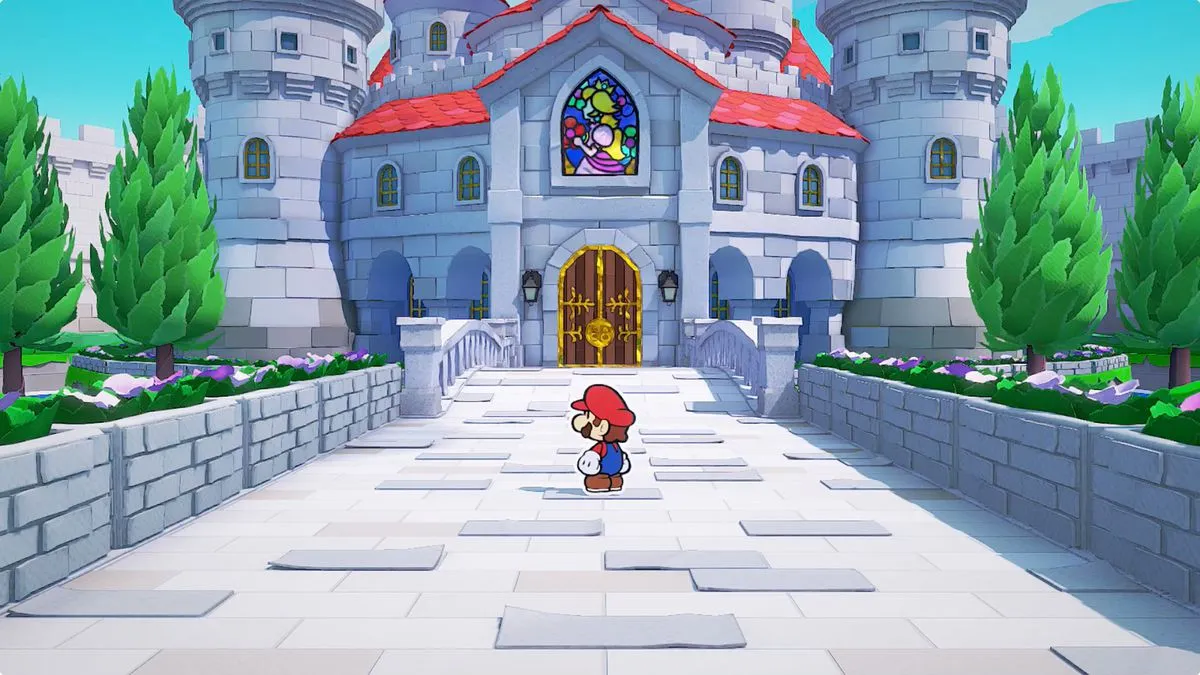

Several successful 3D games have effectively incorporated 2D sprites into their gameplay and visual style. Here are a few notable examples:
- “Paper Mario” Series: The “Paper Mario” series, developed by Intelligent Systems and published by Nintendo, combines 3D environments with 2D paper-like characters and objects. This unique approach creates a charming and visually appealing world that merges the depth of 3D exploration with the whimsical aesthetic of 2D sprites.
- “Octopath Traveler”: Developed by Square Enix, “Octopath Traveler” features a distinct art style that combines pixel art and 3D environment design. The characters and various elements in the game are rendered as 2D sprites, creating a nostalgic, retro-inspired look within a modern 3D world.
- “Don’t Starve”: Developed by Klei Entertainment, “Don’t Starve” is a survival game that blends 2D hand-drawn characters and objects with a 3D environment. Using 2D sprites adds a unique visual flair and allows for intricate and detailed animations, enhancing the overall atmosphere and gameplay experience.
- “Rayman Legends”: Developed by Ubisoft Montpellier, “Rayman Legends” is a platformer game that combines 3D backgrounds with 2D hand-drawn characters and objects. The vibrant and colorful 2D sprites stand out against the 3D environments, creating a visually striking contrast that adds to the game’s charm and personality.
- “Hollow Knight”: Developed by Team Cherry, “Hollow Knight” is a Metroidvania game that utilizes 2D hand-drawn characters and backgrounds within a 3D world. The intricate and detailed 2D sprite work brings the game’s dark and atmospheric world to life, immersing players in its hauntingly beautiful visuals.
These examples demonstrate the successful integration of 2D sprites into 3D games, showcasing how this combination can create visually captivating and artistically unique experiences. By leveraging the strengths of both 2D and 3D elements, developers can achieve engaging gameplay and stunning visuals that leave a lasting impression on players.
How do you Make a 2D Sprite Look 3D?
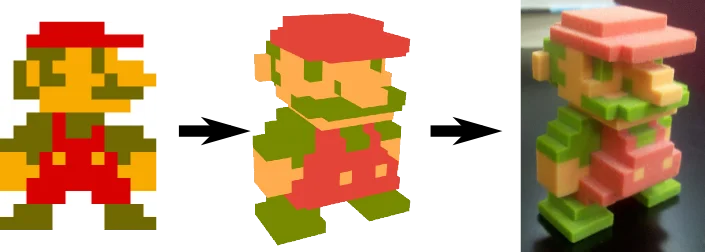

Transforming a 2D sprite into a 3D-like appearance is a technique often used in game design to add depth and realism to characters or objects. This illusion is achieved through a combination of artistic techniques and clever design choices. One common approach is the use of shading and highlights. By carefully placing shadows and highlights on the sprite, game artists can create the illusion of depth and three-dimensionality. Another technique involves adding a sense of volume through color gradients, where the colors transition smoothly from light to dark, simulating the play of light on a 3D object.
The Role of 2D Sprites in Character Design
2D sprites have a crucial role in character design, especially in games that embrace retro or stylized visuals. While 3D models offer realism, 2D sprites allow for unique aesthetics and evoke nostalgia. They’re often used to convey emotions, movements, and actions in a way that resonates with players. Pixel art, a subset of 2D sprite design, enables developers to create intricate characters with limited pixels, relying on careful placement of pixels to give the illusion of detail. In many cases, 2D sprites serve as memorable and iconic representations of characters, contributing to the overall identity of a game.
The Future of 3D Games and 2D Sprites
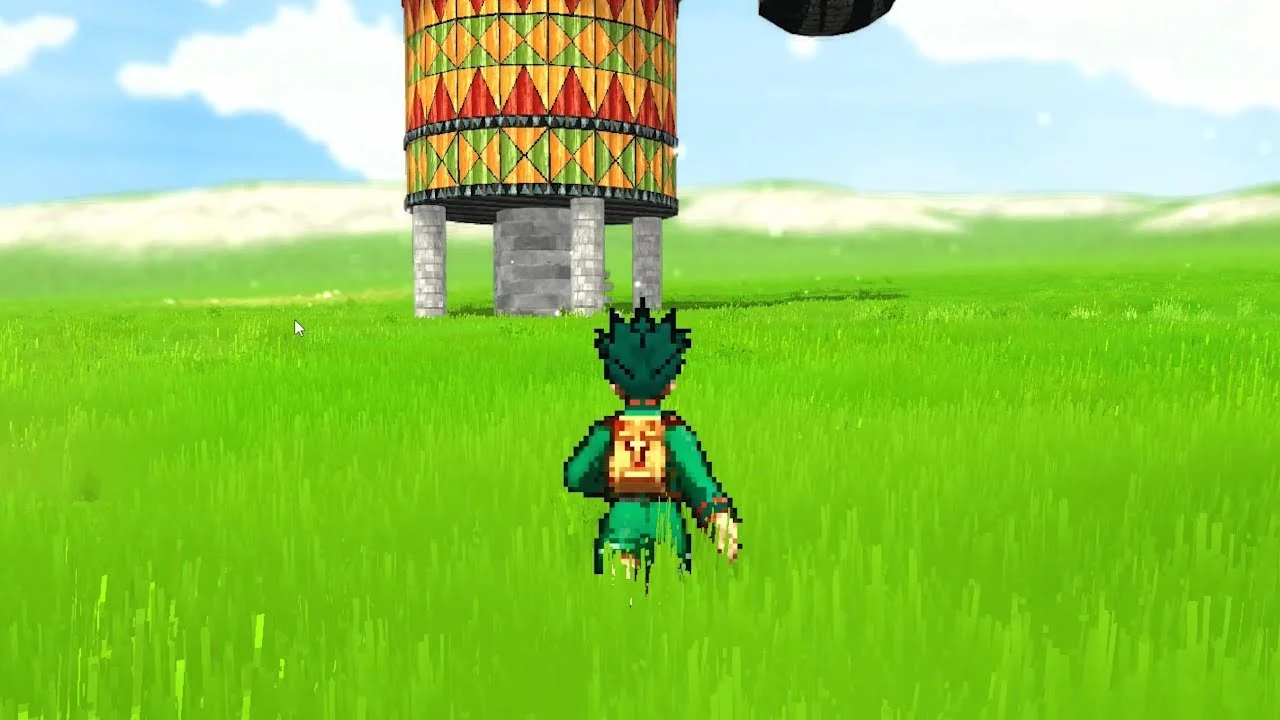

Despite the technological advancements in 3D graphics, 2D sprites continue to hold a special place in the gaming industry. While 3D games offer realism, 2D sprites provide a distinct visual style that appeals to both indie developers and players who appreciate artistic diversity. The resurgence of indie games and retro-inspired titles has revitalized the use of 2D sprites. Additionally, modern games sometimes integrate 2D sprites into 3D environments to create unique visual effects or to harken back to the charm of older games.
In the future, the integration of 2D sprites into 3D worlds may become even more seamless, thanks to advancements in rendering techniques. Real-time lighting and shaders can be applied to 2D sprites, making them blend harmoniously into 3D environments. This convergence of 2D and 3D elements could lead to new creative possibilities in game design. Furthermore, the popularity of augmented reality (AR) and virtual reality (VR) experiences may also give rise to innovative uses of 2D sprites within immersive 3D settings.
In conclusion, the transformation of 2D sprites into a 3D-like appearance showcases the adaptability of game artistry. 2D sprites play a significant role in character design by offering distinct aesthetics and emotional depth. The future of the gaming landscape seems to embrace both 3D realism and the timeless charm of 2D sprites, creating an environment where both styles can coexist and evolve in exciting ways.
What Games Feature a Combination of 2D Sprites and 3D Environments?
In the dynamic world of gaming, the fusion of 3D environments with 2D sprites has sparked a wave of creativity and innovation. This style of graphics is usually seen in isometric and side-scrolling games, because in such genres, the characters and the background environment are distinct and have the potential to be mixed with 2 different styles, without seeming incongruent.
Examples of Successful 3D Games with 2D Sprites
Some of the best games that have mastered this fusion are as follows:
- Donkey Kong Country: Tropical Freeze
Donkey Kong Country: Tropical Freeze stands as a testament to the magic that happens when cutting-edge technology meets nostalgic 2D charm. Explore lush 3D environments while controlling characters rendered in exquisite 2D sprites, creating a visual spectacle that captivates players of all ages.
- Oddworld: Abe’s Oddysee
Embark on a mesmerizing journey with Oddworld: Abe’s Oddysee, where the intricate details of the 3D world harmoniously coexist with the expressive, hand-drawn allure of 2D sprites. Immerse yourself in a narrative-driven experience that showcases the synergy between innovative game design and classic aesthetics.
- Klonoa 2: Lunatea’s Veil
Klonoa 2: Lunatea’s Veil elevates the gaming experience by blending enchanting 2D sprites with immersive 3D landscapes. Traverse a dreamlike world where the boundaries between dimensions blur, showcasing the artistic potential of combining the best of both visual realms.
- Shadow Complex
Shadow Complex takes the concept further by integrating 2D sprite characters seamlessly into a three-dimensional world. This action-packed adventure demonstrates the versatility of the hybrid approach, offering players an engaging experience that bridges the gap between classic and modern gaming aesthetics.
The Evolution of Visual Styles in Gaming
The journey of visual styles in gaming is a captivating narrative that reflects the rapid evolution of technology, artistic trends, and player expectations. From the early days of gaming, characterized by simple pixel art and limited color palettes, to the photorealistic landscapes and lifelike characters of modern titles, the visual aesthetic of games has undergone a remarkable transformation.
In the 1970s and 1980s, the infancy of gaming saw the birth of pixel art games, a rudimentary yet charming style characterized by blocky sprites and vibrant colors. Titles like Pac-Man, Space Invaders, and Super Mario Bros. epitomized this era, capturing the imaginations of players with their simple yet engaging visuals.
As technology advanced into the 1990s and early 2000s, so too did the visual fidelity of games. The introduction of 3D graphics revolutionized the industry, paving the way for immersive worlds and complex character models. Games like Doom, Quake, and Final Fantasy VII showcased the power of 3D rendering, immersing players in expansive environments filled with intricate details.
In the 21st century, the visual landscape of gaming continued to evolve rapidly. The advent of high-definition graphics, coupled with advancements in rendering technology and animation techniques, ushered in a new era of visual realism. Titles like The Witcher 3: Wild Hunt, Horizon Zero Dawn, and Red Dead Redemption 2 pushed the boundaries of visual fidelity, blurring the lines between reality and virtuality.
Today, gaming visuals have reached unprecedented heights, with developers leveraging cutting-edge technologies such as ray tracing, photogrammetry, and procedural generation to create breathtaking worlds and lifelike characters. From sprawling open-world adventures to intimate indie experiences, the diversity of visual styles in gaming reflects the boundless creativity and innovation of developers around the globe.
Techniques for Seamlessly Integrating 2D Characters into 3D Environments
The integration of 2D characters into 3D environments requires a delicate balance of artistry, technical prowess, and design ingenuity. Game developers employ a variety of techniques to achieve this seamless integration, ranging from sprite-based animations layered onto three-dimensional backgrounds to cel-shaded characters rendered within fully immersive 3D worlds. Through meticulous attention to detail and innovative use of perspective, lighting, and depth of field effects, developers can bridge the gap between two-dimensional sprites and three-dimensional environments, creating cohesive and visually captivating gaming experiences.
Conclusion
Using 2D sprites in 3D games offers a range of creative possibilities and benefits. It allows developers to achieve unique visual styles, enhance gameplay mechanics, and create memorable and immersive experiences. Game developers can strike a balance between modern aesthetics and classic artistry by blending the depth and complexity of 3D environments with the charm and nostalgia of 2D sprites.
The advantages of using 2D sprites in 3D games include increased performance optimization, flexibility in design, faster development cycles, and the ability to evoke specific artistic styles or themes. Additionally, 2D sprites can bring a sense of personality and charm to characters and objects, enhancing their visual appeal and creating a cohesive art direction.
However, it is essential to consider the challenges associated with using 2D sprites in 3D games, such as maintaining visual consistency, handling depth perception, and integrating sprite animations seamlessly with the 3D environment.
By following best practices and leveraging appropriate tools and techniques, developers can overcome these challenges and create visually stunning and engaging 3D games with 2D sprites. The examples of successful games that incorporate this approach serve as inspiration and demonstrate the potential for creating captivating and unique gaming experiences.
Ultimately, the decision to use 2D sprites in a 3D game depends on the desired artistic vision, gameplay mechanics, and target audience. By carefully considering the benefits, challenges, and best practices outlined in this article, developers can make informed decisions and leverage the power of 2D sprites to create remarkable 3D games that leave a lasting impression on players.

